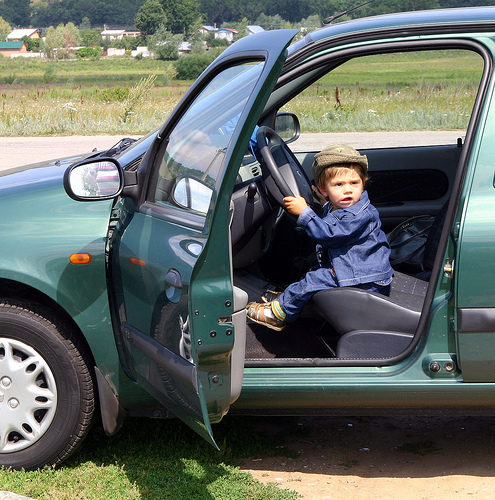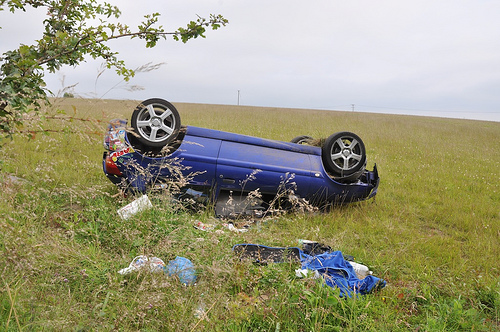Millennials drive less, but are roads safer?
“The Driving Boom—a six decade-long period of steady increases in per-capita driving in the United States—is over,” declares a recently released U.S. PIRG report. The report, which argues for replacing the driving policy of boom years with a more efficient one, found that Americans today drive less in terms of mileage than they did eight years prior. It also discovered some interesting facts about vehicle use – especially as it pertains to Millennials, the generation born between 1983 and 2000:
- On average, people from age 16 to 34 drove 23% less (in terms of mileage) in 2009 than they did in 2001.
- Despite the 21% increase in population, if “the Millennial-led decline in per-capita driving continues for another dozen years, even at half the annual rate of the 2001-2009 period. total vehicle travel in the United States could remain well below its 2007 peak through at least 2040.”
- In 2011, Americans spent 421 million fewer hours stuck in traffic than in 2005.

Is the automobile in its death throes? The young are driving at lower rates and are less likely to bother with a license than previous generations; meanwhile, baby boomers are retiring, limiting commuter miles. From Leonid Mamchenkov.
While it’s long been held that people tend to drive less during recessions for reasons such as to save costs, there are other factors at play, too, that contribute to lowered driving rates. Young people – specifically Millennials, who form the largest demographic in the U.S. – are driving less, and many don’t have driver’s licenses. The freedom earlier generations associated with driving is less of a draw for young people today, who, one study notes, spend more time connecting with others online rather than in person. Plus many adults are moving to cities where public transit and car-sharing services, such as ZipCar, mean that having a car is unnecessary.

Millennials are taking increased advantage of alternatives to the automobile. Via roadtrafficsigns.com.
(As for older generations, baby boomers are retiring, resulting in lowered commuting numbers. Plus, with high gas prices and an expected decrease in the number of Americans in the labor force, there is greater financial incentive to step away from the wheel.)
Arguably the most interesting aspect of the study is its focus on young drivers. With fewer young, experienced drivers on the road, conventional wisdom suggests that a decrease in motor vehicle accidents would follow suit. Looking at data collected by the U.S Census Bureau, motor vehicle accidents on the whole have decreased from 1990 to 2009, a 2000 spike notwithstanding: from 11.5 million in 1990 down to 10.8 million in 2009. Motor vehicle deaths within that same time-frame have dropped as well, with 46,800 reported in 1990 and 35,900 reported in 2009. That same year, 27.2% of drivers in accidents were age 24 and under; 21% of drivers in fatal accidents that year fell within that age range as well.

Unfortunately, the advantages of having fewer young people on the roads are offset by the atrocious distracted-driving habits of the ones who do drive. From morebyless.
Yet any benefits of fewer young, inexperienced drivers forgoing a drive may in reality be offset by the danger of those who do drive. One of the factors that the study identifies in keeping young people off the roads — internet use — also plays a factor in how those who do drive end up behaving on the roads. Drivers under age 20 constitute the greatest proportion of distracted drivers, and 11% of all drivers in that age range involved in fatal crashes were distracted at the time of the crash – largely by internet-capable smartphones.
Category: Automotive, Resources, Trends

















